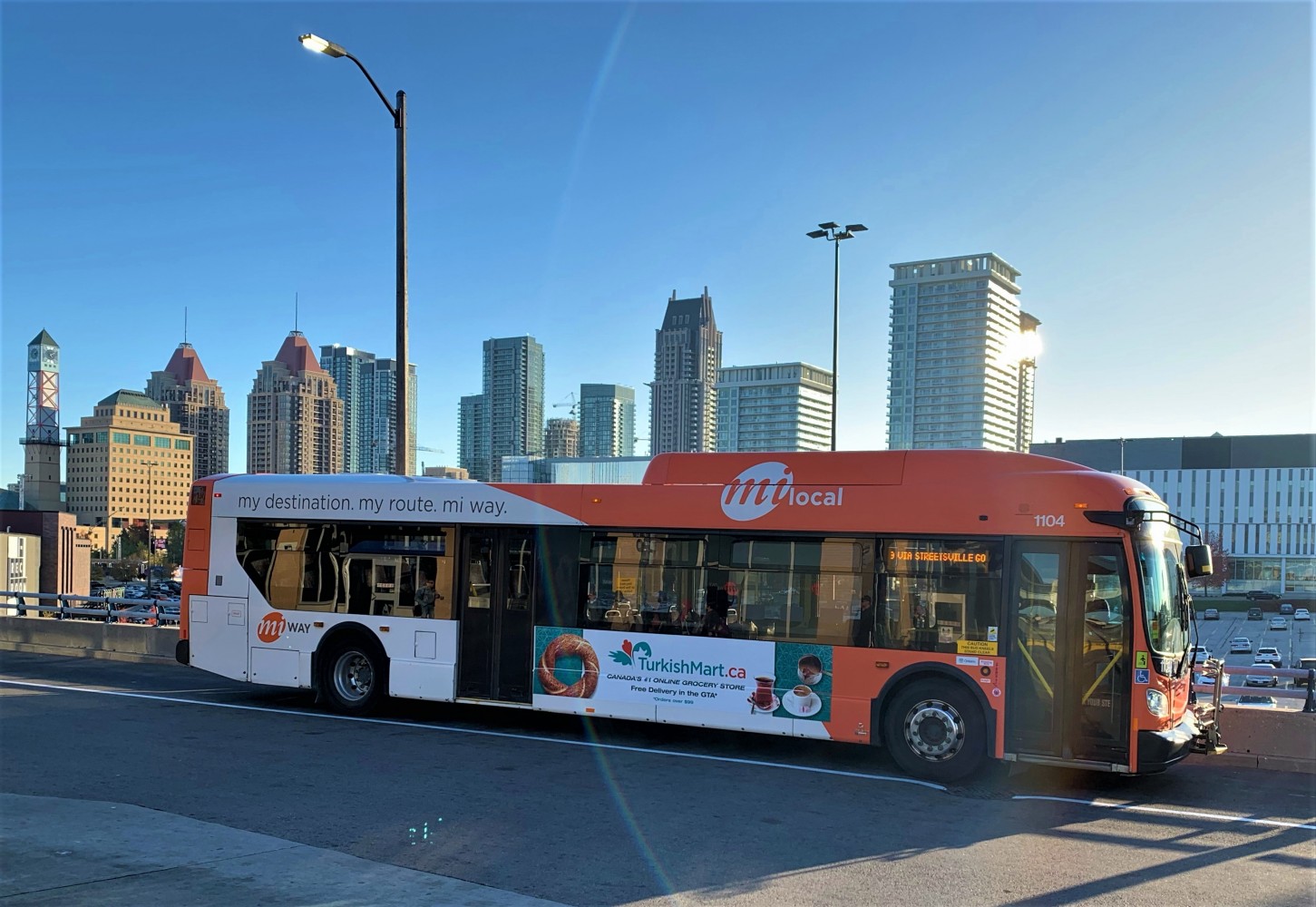
Mississauga throws down an $848M gauntlet, asks Ottawa to fund two new rapid transit corridors
Mississauga Matters was the rallying cry of city hall during the federal election campaign. The advocacy, spearheaded by Mayor Bonnie Crombie, called for significant federal investment in Canada’s sixth largest city, particularly in the form of transit funding.
Projects identified under the campaign included rapid transit along Lakeshore Road and Dundas Street.
Now, as Justin Trudeau’s Liberal minority prepares to govern again, the city is waiting to see if its calls were heard. With cabinet yet to be appointed, Mississauga has already sent Ottawa the perfect test.
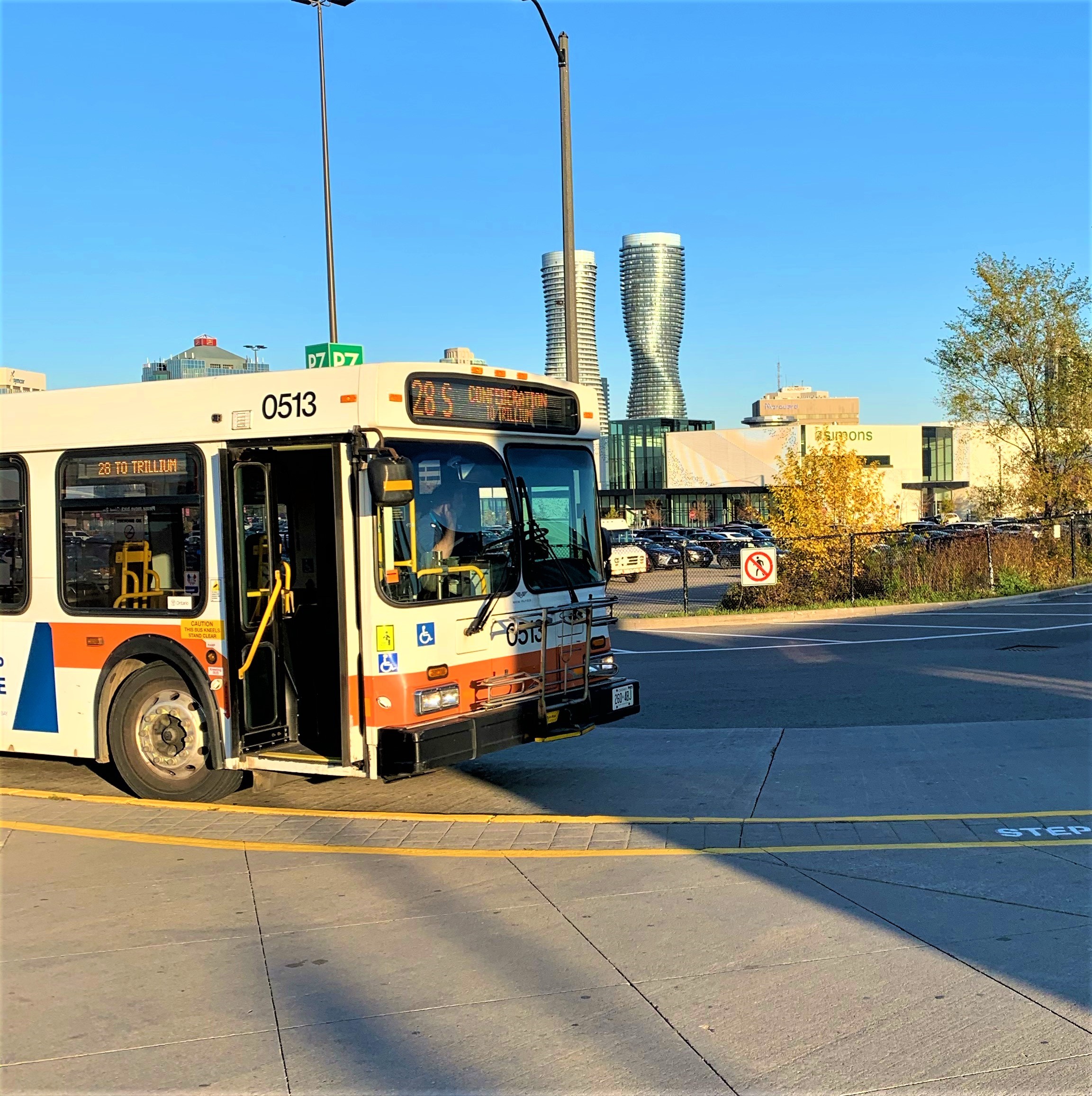
On October 24, a series of applications were submitted to the Investing In Canada Plan, a $188 billion infrastructure fund for cities that was a central part of the Liberal platform in the 2015 election. These included more than $359 million to replace outdated buses, as well as funding toward previously touted bus rapid transit (BRT) projects along Lakeshore Road and Dundas Street, two key east to west arteries in the city.
The argument for both projects has existed for quite some time in the form of the Dundas Connects Master Plan (endorsed in 2018) and the Lakeshore Connecting Communities Master Plan (2019). Dundas Street is already one of the busiest transit routes in the city, while Lakeshore Road is relatively quiet. However, demand is expected to increase dramatically over the next few years as lucrative waterfront developments – including Lakeview Village and Brightwater in Port Credit – spring up.
This map shows the possibility of a Dundas BRT corridor from Hamilton to Toronto
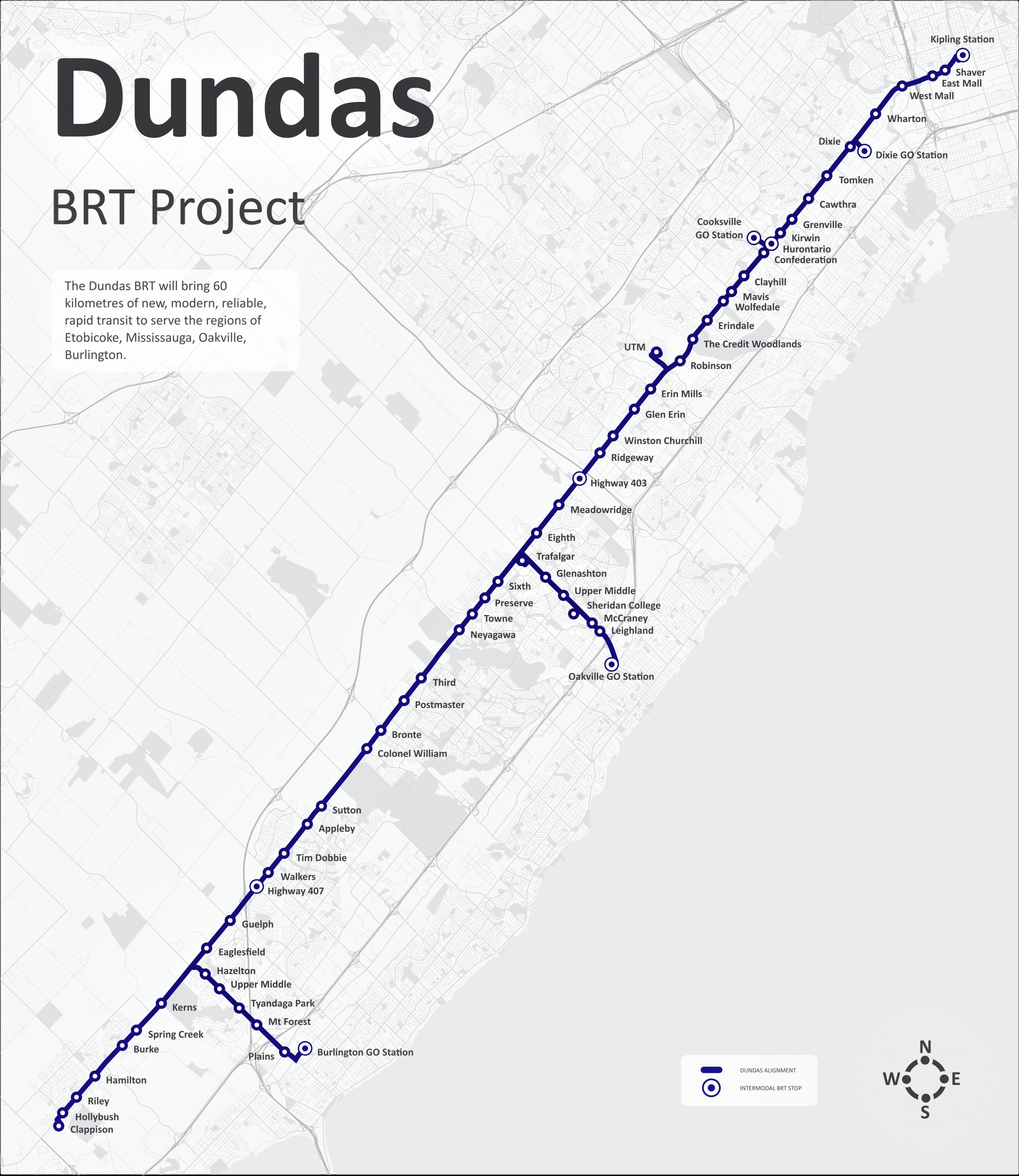
Studies into rapid transit options for Dundas Street, which began in early 2016, recommend the creation of a BRT as well as “complete streets” to encourage walking, cycling and public transit over driving. The BRT project and improvements to Dundas Street are expected to cost between $422 and $502 million, of which Mississauga has asked the feds for $305.7 million.
Dundas is the city’s second most used transit route after Hurontario, with just under 22,000 transit trips taking place every day. The route is particularly important due to its connections to the TTC subway system’s Bloor Line in Etobicoke and, to a lesser extent, Oakville transit. Plans to open a new transit centre at Kipling Station next year – to be served by MiWay, GO Transit and the TTC – will only add to demand on the route and the urgent case for a rapid transit option.
The number 1 and 101 routes provide local and express service respectively on Dundas, but neither is given priority. Instead, the express route simply stops in fewer places than its local sister-service. As a result, both options are susceptible to congestion related delays, traffic incidents and bunching.
Mississauga’s application for federal funding refers specifically to an 11 kilometre stretch of Dundas Street between Confederation Parkway and Etobicoke. Throughout this section, the Dundas Connects Master Plan recommends a full priority lane for public rapid transit in each direction and some road widening. As a result, if federal funding is approved, Dundas would extend to six lanes from Confederation all the way to Etobicoke in order to accomodate a “median BRT roadway”, suggesting the creation of bus-specific lanes in the middle of the road. These lanes would be exclusively reserved for public transit, in this case MiWay, allowing public vehicles to sail past traffic with the same advantages as an LRT, such as the one due to be built on Hurontario Street by 2024.
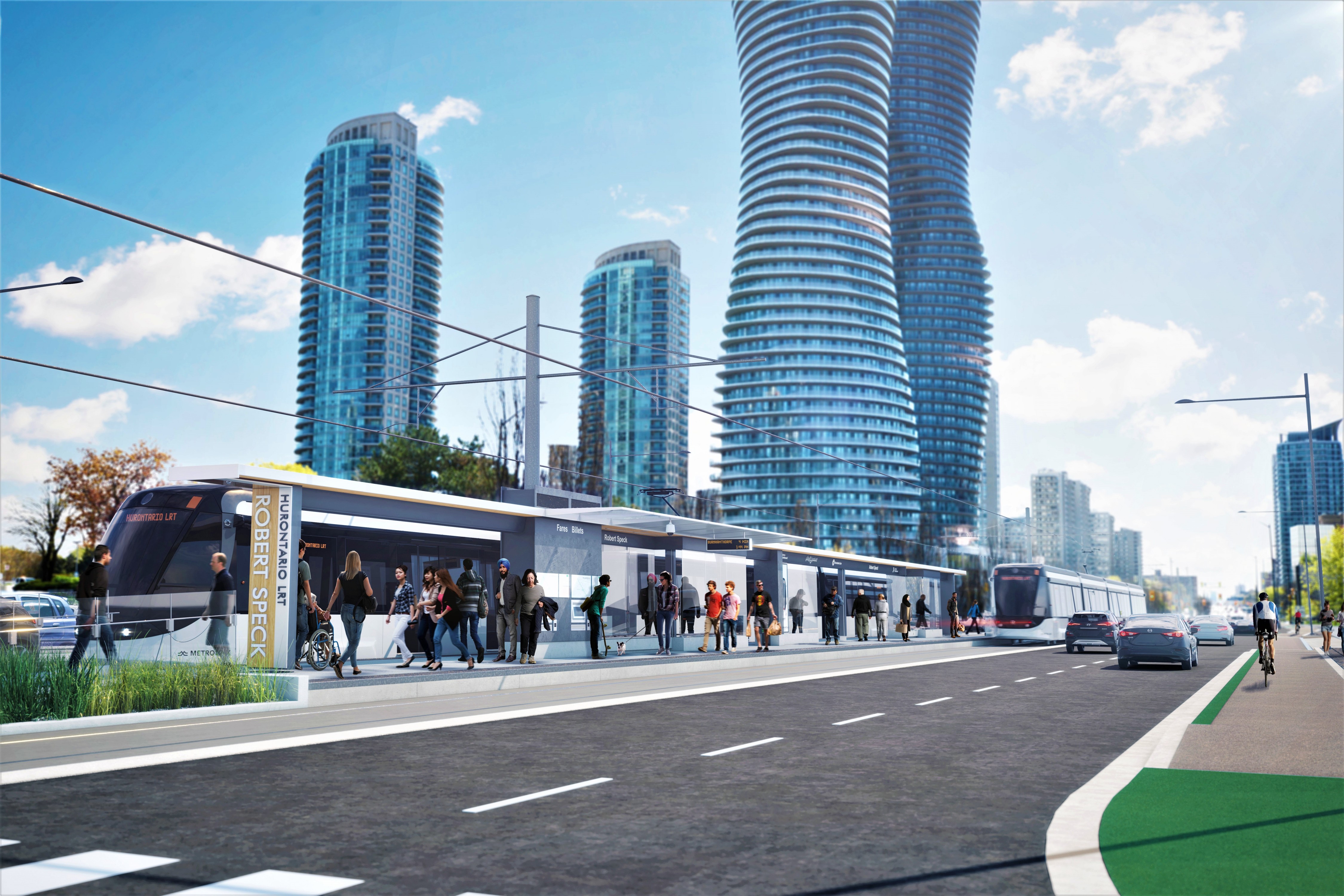
Rendering of the Hurontario LRT
In the case of Lakeshore Road, Mississauga is asking for far less. The smaller sum of just $54.6 million is required to create dedicated BRT lanes on the east to west corridor between Deta Road and East Avenue. The short section is mainly in the Lakeview area and was identified by the Lakeshore Connecting Communities Master Plan as the only area of Lakeshore which required a dedicated BRT corridor, with mixed traffic and transit options suggested for the rest of the road.
The report states: “It should be noted that the median transit only lanes do not extend the entirety of Segment 7 [Port Credit, Lakeview and Longbranch area]; the transitway is from East Avenue to just west of the Etobicoke Creek to minimize impacts to the Etobicoke Creek and so that the express bus can merge back into general purpose lanes prior to crossing into the City of Toronto.”
The application for funding to create this short BRT also puts to bed rumours of another LRT project. Plans suggested in the 2019 Master Plan included the option of a Lakeshore specific LRT as well as the option to extend the TTC streetcar beyond Long Branch as far as Hurontario to integrate the system.
However, fewer lanes on Lakeshore than Dundas, combined with lower local demand appears to have ended that plan. Where demand on Hurontario clearly exists for something with the capacity of an LRT, projections suggest that even with new planned residential developments, buses would suffice along Lakeshore Road. As a result, the city is exploring an express service for the road to run in mixed traffic, aside from a short stretch near Lakeview.
Both projects, though, remain conceptual until federal funding is put on the table. Upon winning re-election on October 21, the Liberal MP for Mississauga Lakeshore, Sven Spengemann, spoke about further funding for Missisauga’s transit. Spengemann, who has stretches of both Lakeshore and Dundas in his riding, told The Pointer that public transit projects were high up on his agenda.
The MP said that if there had been a “shortfall” in infrastructure funding for Mississauga he would take it “very seriously”. “We have two to three waterfront projects [in Lakeshore] and a whole bunch of infill as well,” he said. “So people are going to be using Lakeshore [Road], they’re going to be using Highway 10 (Hurontario) to get to their workplaces. Ideally we’re going to have communities where people don’t have to take the car to drive to the GO Station, but take some shuttle bus or make it more walkable. So transit remains very high on our radar.”
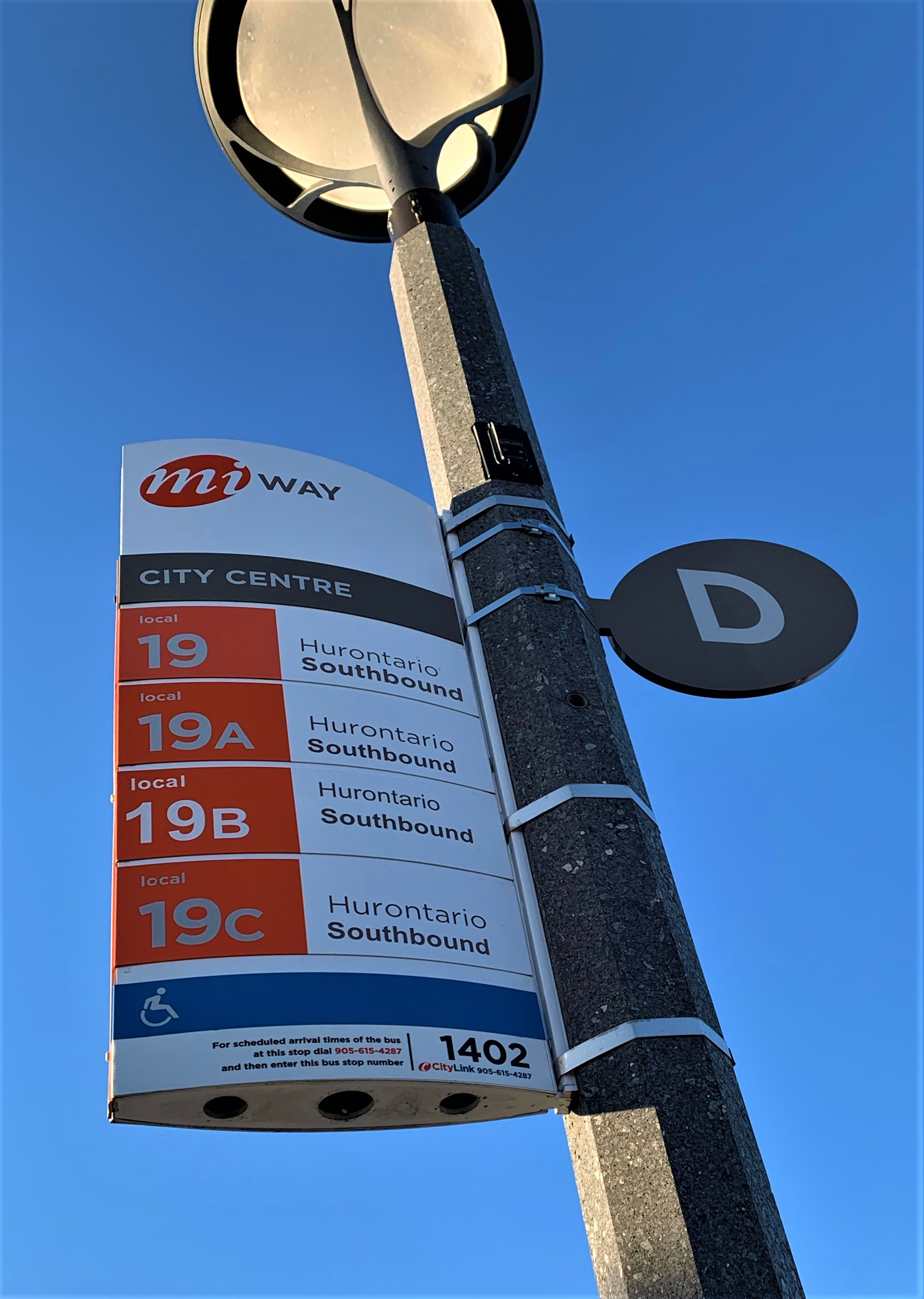
Since 2015, Mississauga, the country’s sixth largest city, has received only two percent of its per capita share from the $188 billion federal infrastructure fund, amounting to about $110 million, including money earmarked for the future QEW-Dixie Road interchange project. By comparison, Edmonton, the fifth largest city, has received more than $1.9 billion from the federal fund since 2015.
With a spokesperson for the City of Mississauga confirming to The Pointer that the application for rapid transit on both Dundas and Lakeshore had been submitted on time, the ball is now in the federal government’s court.
In total, Mississauga is asking the feds for $847.5 million to fund various projects, including the two BRTs. Approval of these projects would signal a serious attitude change in Ottawa, which has underfunded the city for years. Agreeing to Mississauga’s current asks would be a positive step to offering the city it’s per-capita $4.2 billion share (roughly) of the $188 billion Investing in Canada Plan.
With all six of the city’s ridings once again going red, if the federal Liberals approve the two projects it will signal that they understand, Mississauga really does matter.
Email: [email protected]
Twitter: @isaaccallan
Submit a correction about this story


